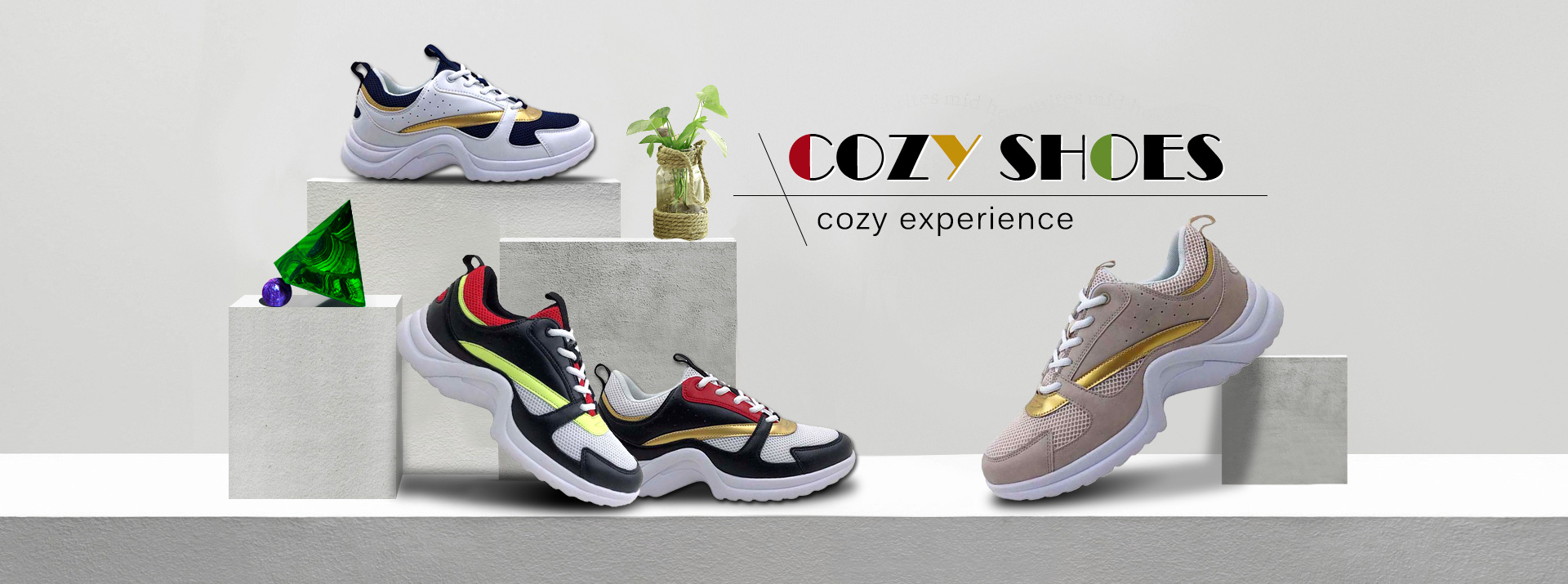Are princess heels suitable for little girls
"Young peoples bones and soft tissues are in the growth stage and it is not good to wear high heels for a long time. When standing and walking in high heels, the weight is concentrated on the first to third metatarsal bone of the forefoot. At the same time, these toes can also be squeezed by the toe of the shoe, causing corns. Neuromas can also form between the metatarsal bones, leading to persistent and repeated pain. Not only that, is the development of children wearing high heels for a long time, may also cause foot muscle weakness and the formation of flat feet; Of shoe tip squeeze, form or aggravate bunion to valgus malformation, bring a series of disease such as bunion phlebitis, hammer shape toe.
In addition, childrens ankle joints are still in development, weak muscle strength, joint instability, it is easy to fall and sprain feet. At this time, if walking in high heels, the mobility of knee joint and ankle joint will be affected to some extent and the force is uneven, which is more prone to ankle sprain than wearing flat shoes.
Wearing high heels can also lead to a significant increase in knee load pressure, leading to the early onset of degenerative osteoarthropathy. "In high heels you have to lean forward, which puts pressure on your pelvis. "If a developing girl is constantly wearing high heels, she may even have a deformity of her pelvis, which could affect her future childbirth.
"For teenagers without obvious foot or ankle deformities, high heels should be worn only after the systemic skeletal and muscular system is fully developed, that is, after the age of 18. Even for adults, wear heels for no more than 4-5 hours a day, preferably with a heel under 5cm.
What about childrens princess shoes and high heels
1, easy to form habitual ankle injury.
The ankle joint of a child is in development, with weak muscle strength and unstable joints, and it is easy to fall or sprain feet. If a child has formed the habit of wearing high heels and the habit of ankle joint injury, it will be difficult for her to wear high heels stably in adulthood.
2, easy to cause bunion thick or flat foot.
High heels cause the center of gravity to move forward, and the weight of the whole body will be too much concentrated in the palm of the foot, which will make the knuckles and thumb fatigue injury due to excessive burden, and make the foot arch collapse, resulting in bunion or flat foot. Wearing high heels for a long time will not only make the childs feet lack of function, but also make the childs feet become ugly, easy to cause great psychological damage to the child.
3.Increased pelvic pressure.
Wearing high heels, by itself, will inevitably cause the childs body to lean forward, thus imperceptibly increasing the pressure on the pelvis, the pelvis on both sides of the forced contraction, resulting in a narrow pelvis entrance. In life, some parents will choose to wear wedges for their children, they think these shoes are stable and comfortable, but this is more wrong practice. High heels are tiring to wear, and many children would not dare to try them. However, wedges can bring the illusion of comfort, but they are just as harmful as high heels. So wedges are even more dangerous. If a developing girl wears high heels frequently, it may be difficult to have children after marriage. Warm reminder of the mother intends to have a second child, the preparatory period is not recommended to wear higher than 6 cm high heels, so as not to affect the production.
4. Affect dopamine secretion.
Walking in high heels and ill-fitting shoes causes the muscles in the lower leg to tighten for long periods of time, reducing the amount of dopamine in the brain, according to a Swedish study. And dopamine secretion less easy to make people emotional thinking difficulties, auditory hallucinations and other similar symptoms of schizophrenia, schizophrenia increased risk. The childs nervous system is in the development, this kind of harm is self-evident to the child.















 2019-05-06
2019-05-06 View count:1450 Times
View count:1450 Times Returns a list of
Returns a list of



